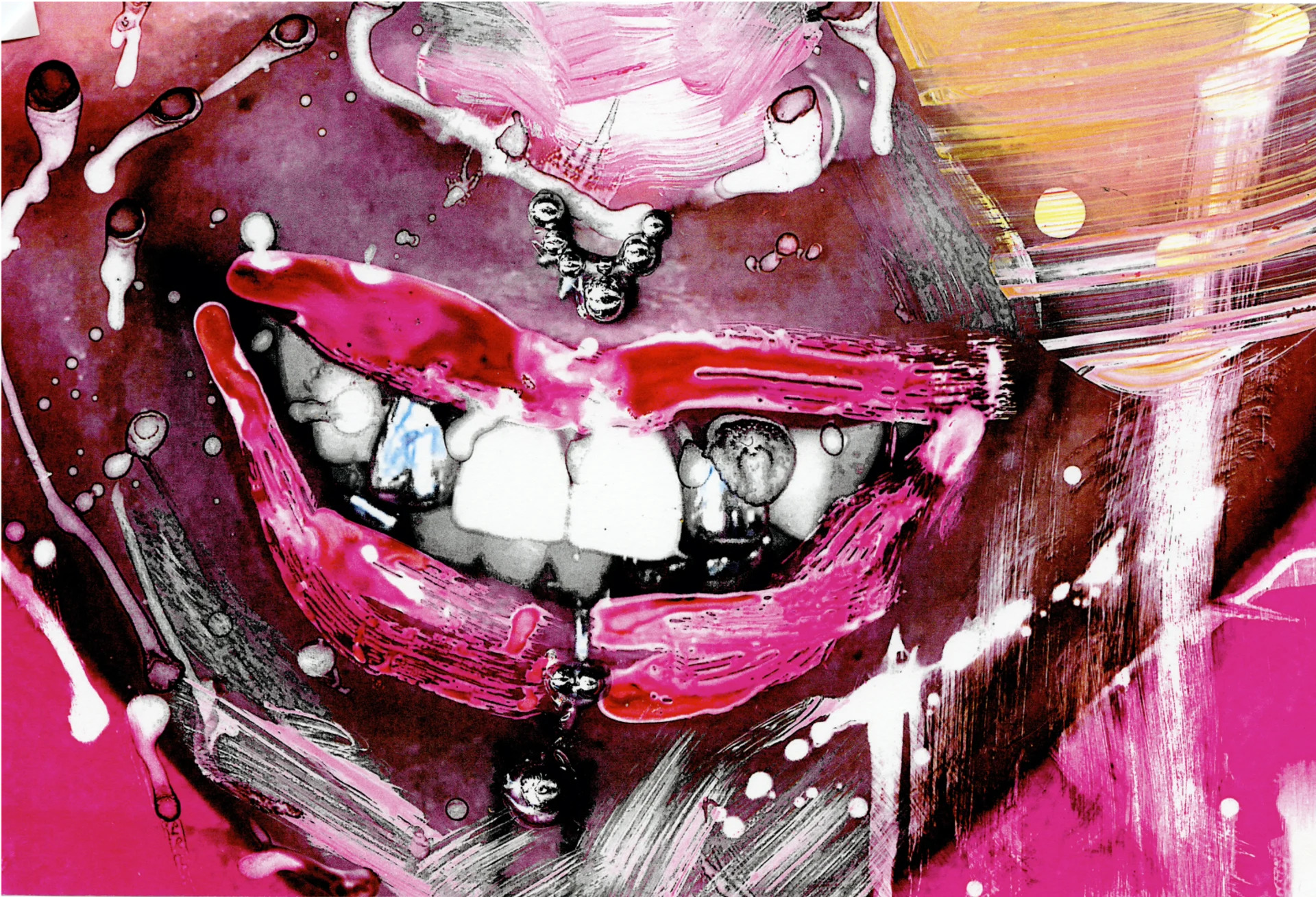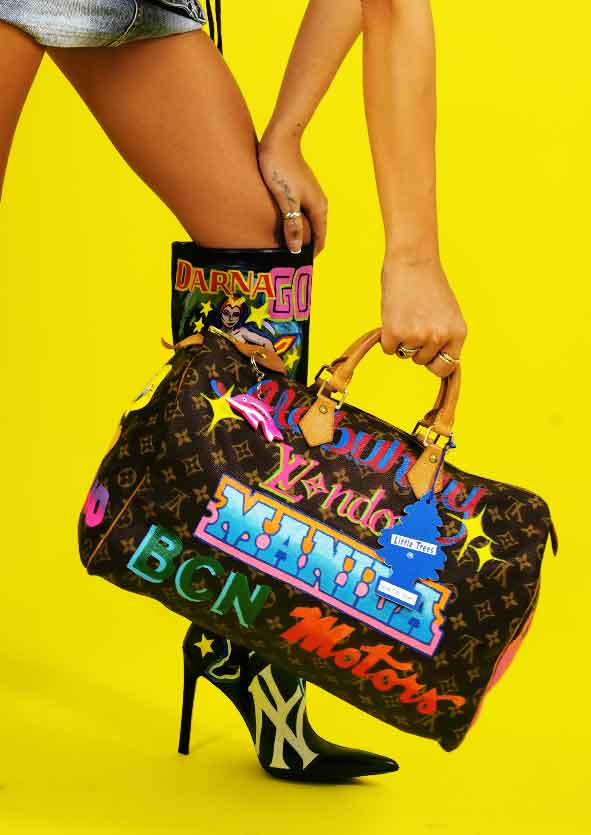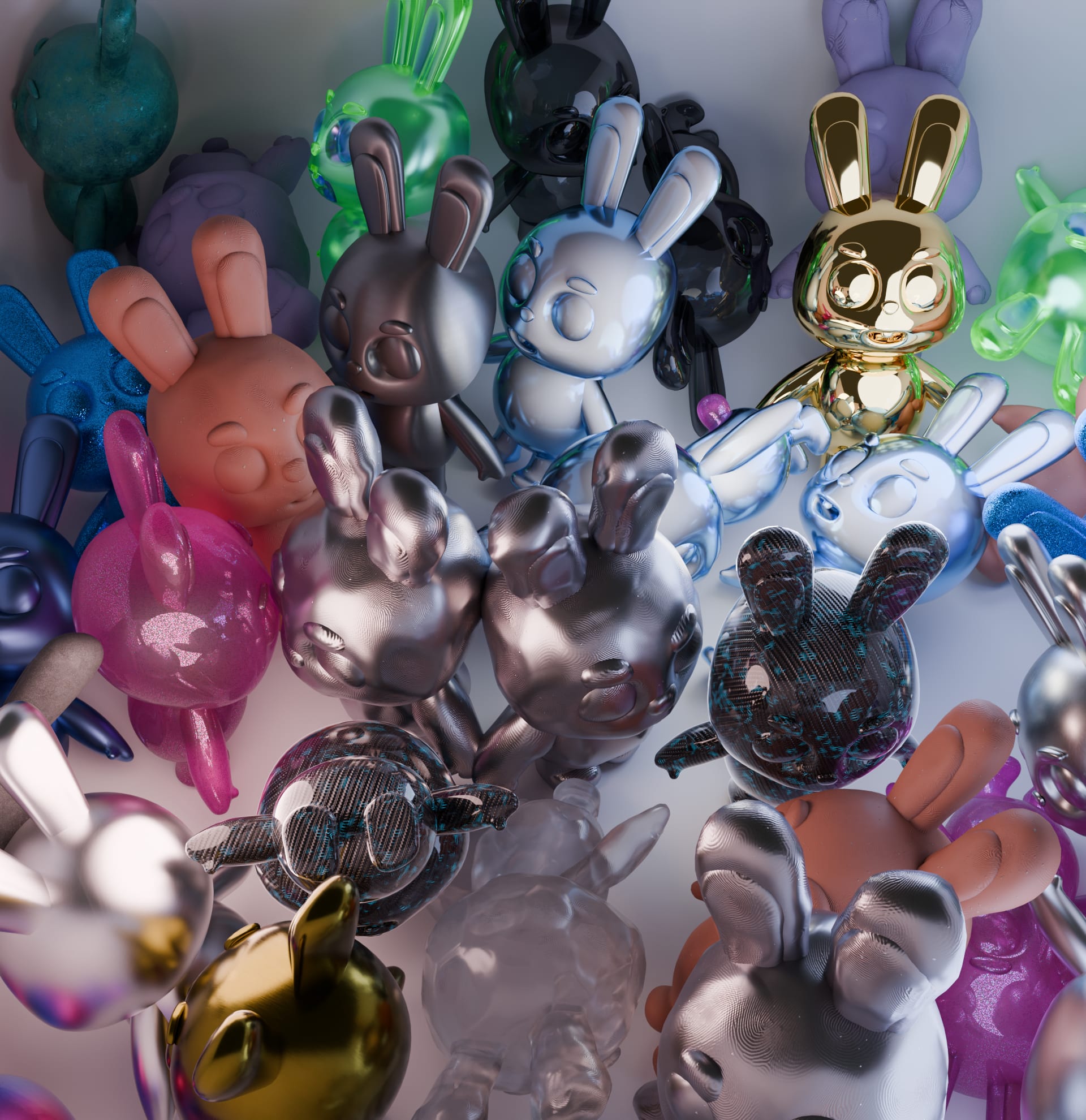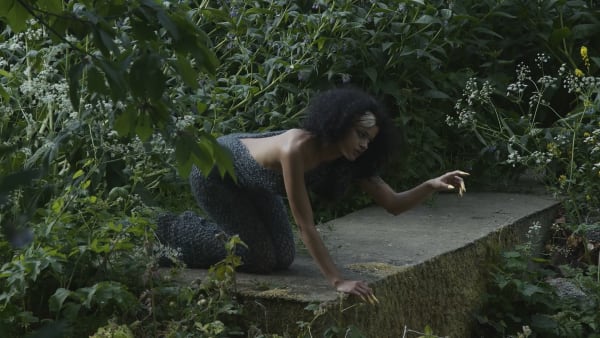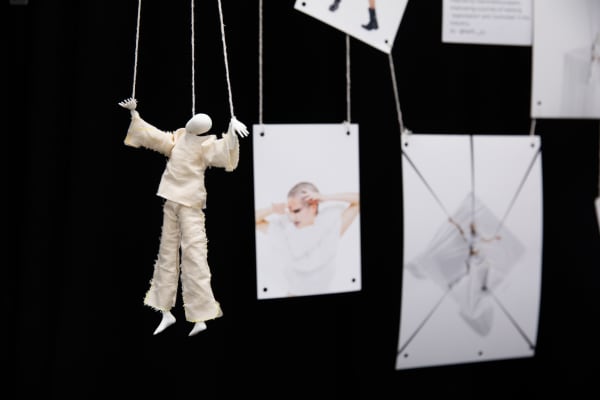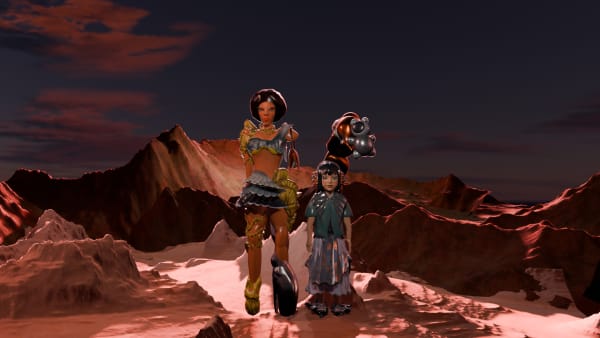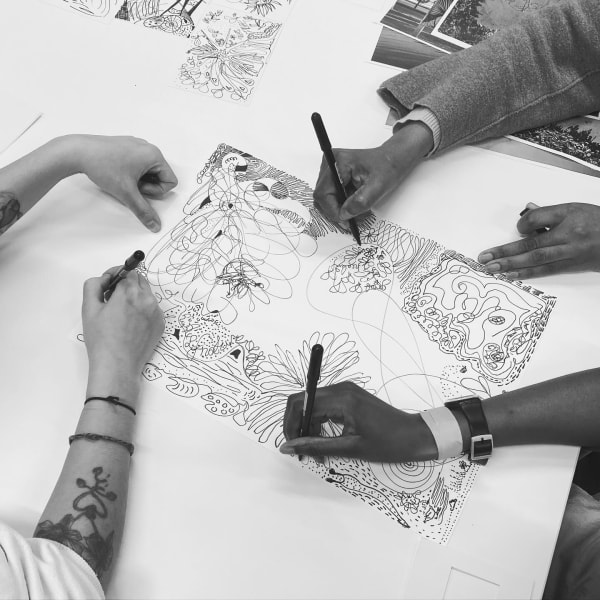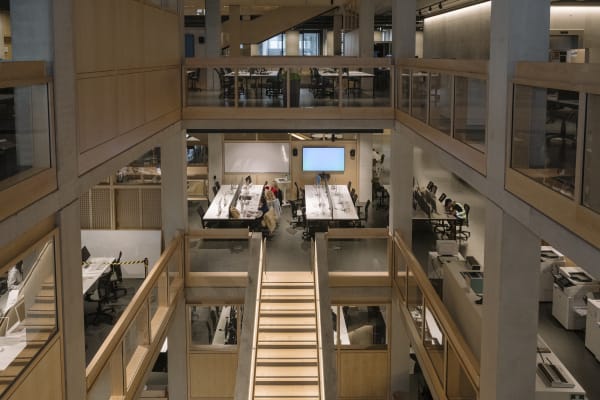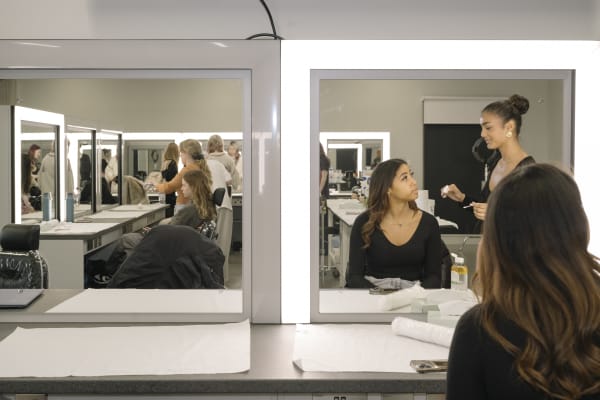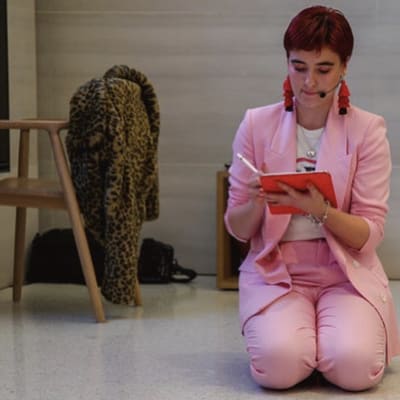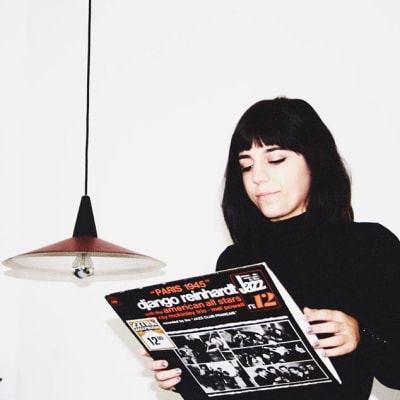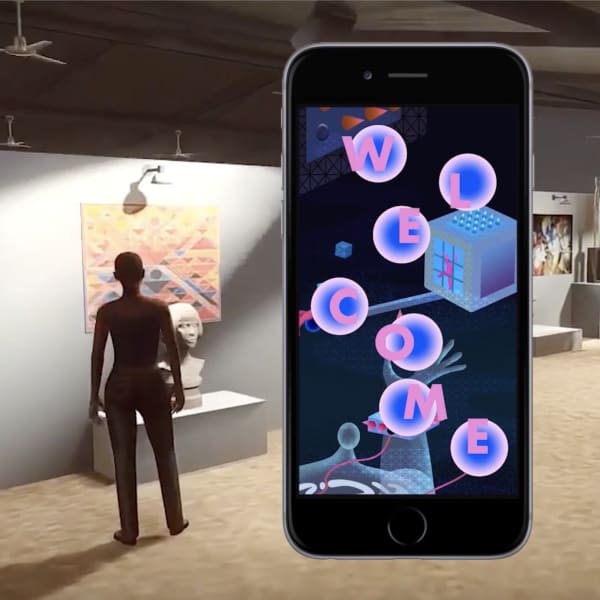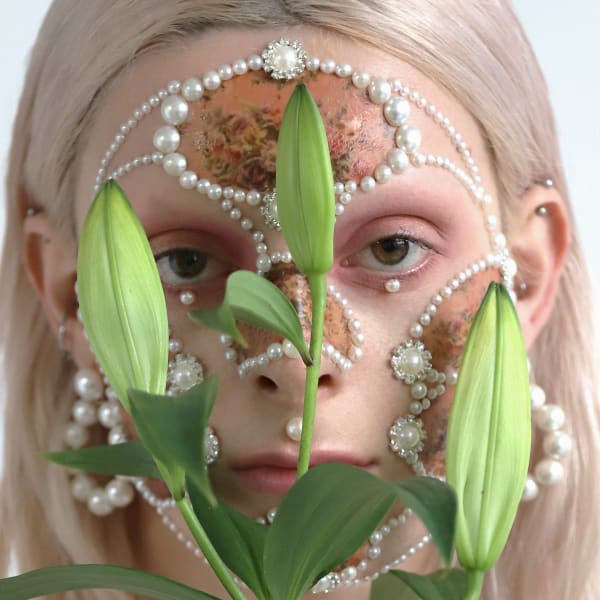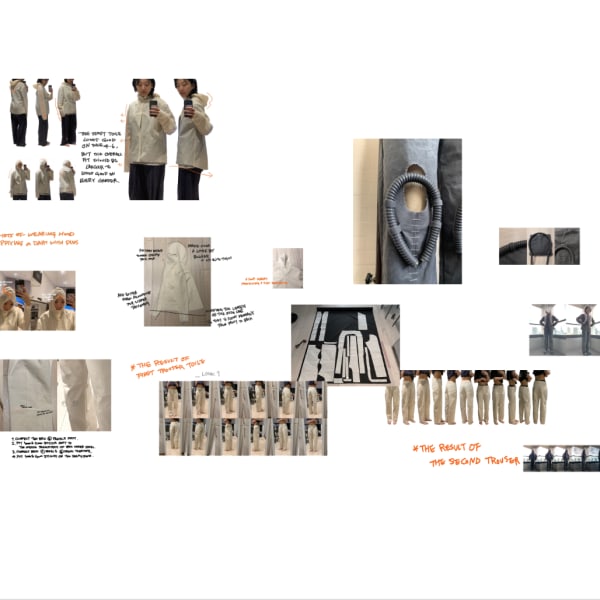Course units
In Stage 1 you are required to complete 120 credits at level 4 in order to progress to Stage 2.
- Introduction to Fashion Media; 20 credits
In this unit, you will be introduced to your course, its subject specialism and effective learning at undergraduate level. You’ll learn the practices and knowledge base needed to understand your discipline and develop skills for independent and collaborative learning, reflection, and your own self-development. You’ll also consider your own background and how it shapes your approach to the course.
- Fashion Narratives; 40 credits
Through research, concept development, character design, visual storytelling, image sequencing, and experimentation with traditional and digital drawing methods, you’ll grow your critical thinking skills and produce a series of narrative driven fashion images. You’ll consider diversity, inclusivity, and representation within fashion media and gain an understanding of the key skills and knowledge involved in the discipline of fashion imaging and illustration.
- Fashion Moving Image Production; 40 credits
In this unit, you’ll expand your imaging and illustration practice into the discipline of moving image. You’ll be introduced to different methods of animation and the tools for editing and post-production, learning how to communicate impactful fashion narratives through visual storytelling. You’ll also work as part of a collaborative, cross programme team to create a socially engaged-engaged fashion film production, allowing you to put subject discipline skills into practice.
- Fashion Cultures and Histories; 20 credits
You’ll take a philosophical and theoretical approach to the study of fashion and its role in representing and communicating identity. Understand key methods of thinking about fashion across its cultural, historical, social and political contexts. Engage in debate and analysis of fashion as a key marker of social and cultural change and a means of understanding the relationship between individuals and communities.
In Stage 2 you are required to complete 120 credits of which a minimum of 100 must be at level 5.
- Critical Issues in Fashion Research; 20 credits
Expand your critical understanding of fashion in a global context and examine emerging debates in fashion research. You’ll engage in collaborative research around current and emerging cultural issues and be guided through approaches to researching and writing about fashion across its social, historical, political and cultural contexts, building on the first-year unit Fashion Cultures and Histories. You’ll develop your own independent research path and interests.
- Fashion Graphics; 40 credits
In this unit, you’ll develop and produce a fashion campaign for a client that is disseminated through a range of visual assets and contemporary platforms and media. You will draw on your skills in 2D, 3D, still and moving imagery to communicate successfully with diverse audiences. You will engage with graphic design, branding, typography, layout and visual communication, developing industry-relevant skills.
- Collaborative Practice: Fashion Spreads; 40 credits
Explore how the editorial format has been articulated in historical and contemporary contexts and create contemporary fashion stories in response to climate, racial and social justice principles. Through teamwork, collective enterprise and cooperation you will apply your fashion imaging and illustration skills across the editorial space and understand relevant career prospects. You’ll also explore the relationship between fashion content and audience.
- Elective Option 1: Creative Directions; 20 credits
In this unit, you’ll critically reflect upon your developing practice in the course so far and map your creative directions moving forward. You will think about the interplay between your imaging and illustration practice in academic and industry contexts to consider potential audiences and develop your portfolio and network.
You’ll also consider the value of assets, content creation, curation, editing, art direction, and networks in relation to your discipline.
- Elective Option 2: Fashion Media Placement; 20 credits
In this unit, you’ll develop your professional skills within an industry environment. On your placement, you’ll experience the pace, atmosphere and discipline of working in the industry and gain practical experience of its roles, functions and operations. There is lots of support to help you find a placement available via our Graduate Futures Placement Team.
Optional Diploma Year
CCI Creative Computing
Between years 2 and 3, you can undertake the year-long Diploma in Creative Computing. This will develop your skills in creative computing alongside your degree. After successfully completing the diploma and your undergraduate degree, you’ll graduate with an enhanced degree: BA (Hons) Hair and Make-up for Fashion (with Creative Computing).
Industry DIPS
This optional diploma can be taken between years 2 and 3. With support from your tutors, you’ll undertake an industry placement for a minimum of 100 days/20 weeks. As well as developing industry skills, you’ll gain an additional qualification upon successful completion.
Enterprise DIPS
This optional diploma can be taken between years 2 and 3. With support from your tutors, you’ll undertake an enterprise placement year where you will explore a business idea from proposal to minimal viable product (MVP). As well as developing enterprise skills, you’ll gain an additional qualification upon successful completion.
CCI Apple Diploma
Between years 2 and 3, you can undertake the year-long Diploma in Apple Development. This will give you an opportunity to become an accredited apple developer alongside your degree. After successfully completing the diploma and your undergraduate degree, you’ll graduate with an enhanced degree: BA (Hons) Creative Direction for Fashion (with Apple Development).
In Stage 3 you are required to complete 120 credits at level 6.
- Elective Option 1: Fashion Narratives: A Visual Study; 40 credits
In this unit, you will explore the interplay between research and practice by incorporating a chosen methodology with your existing creative practice. You will be introduced to a range of different research methods. Your chosen methodology will shape your creative practice and build your confidence in future visual work. Building upon previous learning from your Cultural and Historical Studies classes, you’ll produce a narrative-driven visual study comprising of a series of still images, as part of a visual and written essay.
- Elective Option 2: Creative Industries: Theories and Practices; 40 credits
In this unit, you’ll complete an independent research project and engage with industry professionals to learn about current debates and issues that shape and inform cultural production across media, communication and performance. You’ll be encouraged to respond to these debates in the form of an extended essay with supporting research materials. This unit will equip you with critical thinking, literacy and communication skills for both academic and professional contexts.
- Fashion, Employability, and Enterprise; 20 credits
In this unit, you’ll consider your future employment aspirations and be supported in researching the current employment landscape in relation to imaging and illustration. You’ll explore employment opportunities within academic and creative industries, considering the platform, audience, and context of your work. You’ll create a fashion enterprise toolkit which summarises your research, including the skills and resources required to orientate yourself towards your chosen direction.
- Fashion Communities and Practice; 60 credits
In this unit, you’ll explore how fashion has the potential to empower and effect positive change. You’ll produce an experimental fashion media production that explores how your personal fashion-image making can engage with the principles of climate, racial and/or social justice. You will situate your personal creative practice within a community context that has resonance for you. You’ll have the opportunity to expand the parameters of your work through collaborations that facilitate experimentation, creative thinking, practical testing, and reflective problem solving.
A 20-credit unit is approximately equivalent to 200 hours of learning time, which includes a mixture of taught time, independent study and assessment.
All students are entitled to a tutorial package that consists of:
- one induction tutorial (group or one to one)
- one tutorial per term for the duration of their course of study at LCF;
- group tutorials as required
- an appropriate level of confidentiality
